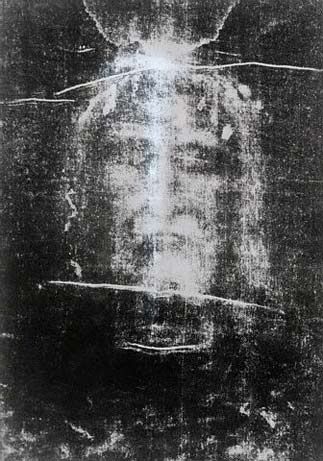Patterns in MS Lesions
Posted: Thu Mar 05, 2009 1:30 pm
In researching why some people respond to steroids, and others do not, I've come across research by Drs. Lucchinetti/Lassmann/Bruck on the Subtypes of Multiple Sclerosis Lesions. These doctors have studied MS lesions for many years, in vivo and on autopsy, and have catagorized lesions into four distinct patterns:
Pattern I
-Centered around venule with sharp, demarcated edges
-T-cell/macrophage associated
-extensive remyelination
-oliogodendrocytes in lesion center
Pattern II
-Antibody/complement associated, lesions contain large quantities of immunoglobulin proteins
-Centered around venule, with sharp demarcated edges
-Deposition of immunoglobins and activated compliment at site of demyelination
-Resembles an antibody mediated process
-No defects in mitochondrail respiratory chain detected
-These lesions respond to plasma exchange, but not steroids....
Pattern III
-Distal oligodendrogliopathy, diffuse lesions with variable inflammation and pronounced microglial activations
-Indistinct border
-not centered around venule
-striking loss of myelin associated glycoprotein
-no compliment activation
-Pattern associated with hypoxia
-dying back of oligodendrocyte
-Looks like white matter stroke
-Represents the early stage of lesions during an exacerbation
-Defects in mitochondrial respitory chain
Pattern IV
-sharp macrophage borders
-More rare, represents PPMS lesions
-Degeneration and oligodendrocyte death in white matter
-inactive plaque and no remyelination
For further reading:
link
link
thoughts?
AC
Pattern I
-Centered around venule with sharp, demarcated edges
-T-cell/macrophage associated
-extensive remyelination
-oliogodendrocytes in lesion center
Pattern II
-Antibody/complement associated, lesions contain large quantities of immunoglobulin proteins
-Centered around venule, with sharp demarcated edges
-Deposition of immunoglobins and activated compliment at site of demyelination
-Resembles an antibody mediated process
-No defects in mitochondrail respiratory chain detected
-These lesions respond to plasma exchange, but not steroids....
Pattern III
-Distal oligodendrogliopathy, diffuse lesions with variable inflammation and pronounced microglial activations
-Indistinct border
-not centered around venule
-striking loss of myelin associated glycoprotein
-no compliment activation
-Pattern associated with hypoxia
-dying back of oligodendrocyte
-Looks like white matter stroke
-Represents the early stage of lesions during an exacerbation
-Defects in mitochondrial respitory chain
Pattern IV
-sharp macrophage borders
-More rare, represents PPMS lesions
-Degeneration and oligodendrocyte death in white matter
-inactive plaque and no remyelination
I found this research fascinating, and didn't remember seeing it discussed on here-so I put the pattern lists together from a variety of research-“Multiple active plaques in individual brain autopsies [27 autopsies, 170 lesions] revealed identical morphological and immunopathological alterations,” Dr. Lucchinetti explained. “Patterns 1 and 2 suggest that myelin is the target, while patterns 3 and 4 suggest the oligodendrocyte may be the target. In pattern 1, macrophages likely mediate demyelination, whereas in pattern 2, antibody and complement may contribute to demyelination.” She explained that patterns 1 and 2 resemble autoimmune models of multiple sclerosis, while patterns 3 and 4 resemble viral, toxic, ischemic, or metabolic models.
For further reading:
link
link
thoughts?
AC
